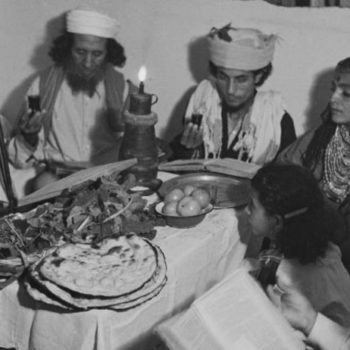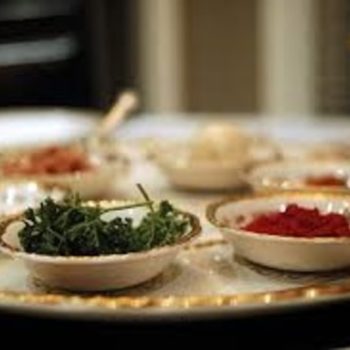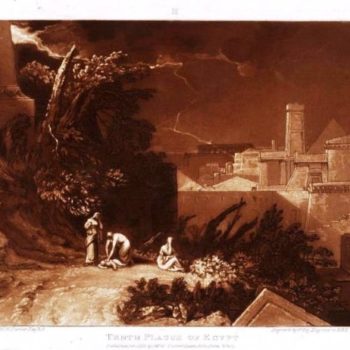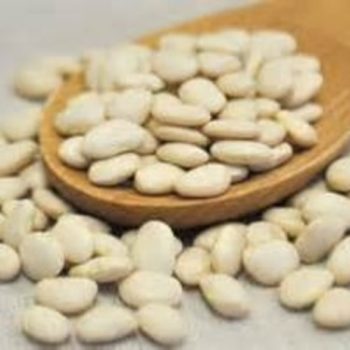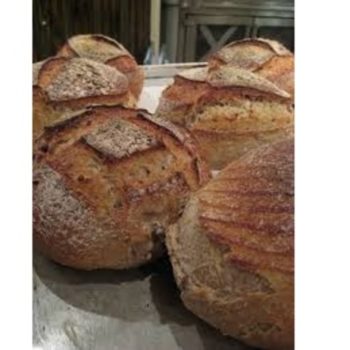Our first sedarim (seders) here in Portland were wonderful and each had a distinct and touching individuality. As wonderful as they were, I still inevitably think about the seders of my childhood. My grandparents crammed a horseshoe of tables into their dining room, which allowed them to magically fit more than forty people into their modest middle-class home.
Why is Passover the most celebrated home ritual? What continues to make it compelling to us, and to so many others who have adopted its messages? Rabbi Jonathan Sacks writes beautifully in his Passover Haggadah how we Jews live within an ancient structure of words, and how that story is itself a home for us--a home in which past, present and future are united.
The Shabbat that precedes Passover is known as Shabbat HaGadol, the Great Shabbat. Different explanations have been given for that name over the years--often a sign that we no longer possess the original reason. Regardless of this uncertain history, I am pleased to say that this weekend, the name is quite fitting as we have a number of remarkable events rolled into our Saturday morning service.
Over the last number of weeks, both in my weekly column and in our Passover Guide, we've included links to some halakhic legal decisions that permit Ashkenazic Jews to eat kitniot on Pesach. While those decisions are quite informative, they also vary in complexity.
D'var from Friday, April 1st - Rabbi David Kosak. D'var from Saturday, April 2nd - Rabbi David Kosak. Recorded and edited by Ed Kraus.
Judaism is the living expression of the Jewish people's encounter with Torah and how we responded to that encounter over the generations. Some of that interchange can be found in history books. More often, the history of that interaction is recorded in our legal tradition. The selling of hametz is one such example.
D'var from Friday, March 25th - Rabbi David Kosak. D'var from Saturday, March 26th - Rabbi David Kosak. Recorded and edited by Ed Kraus.


